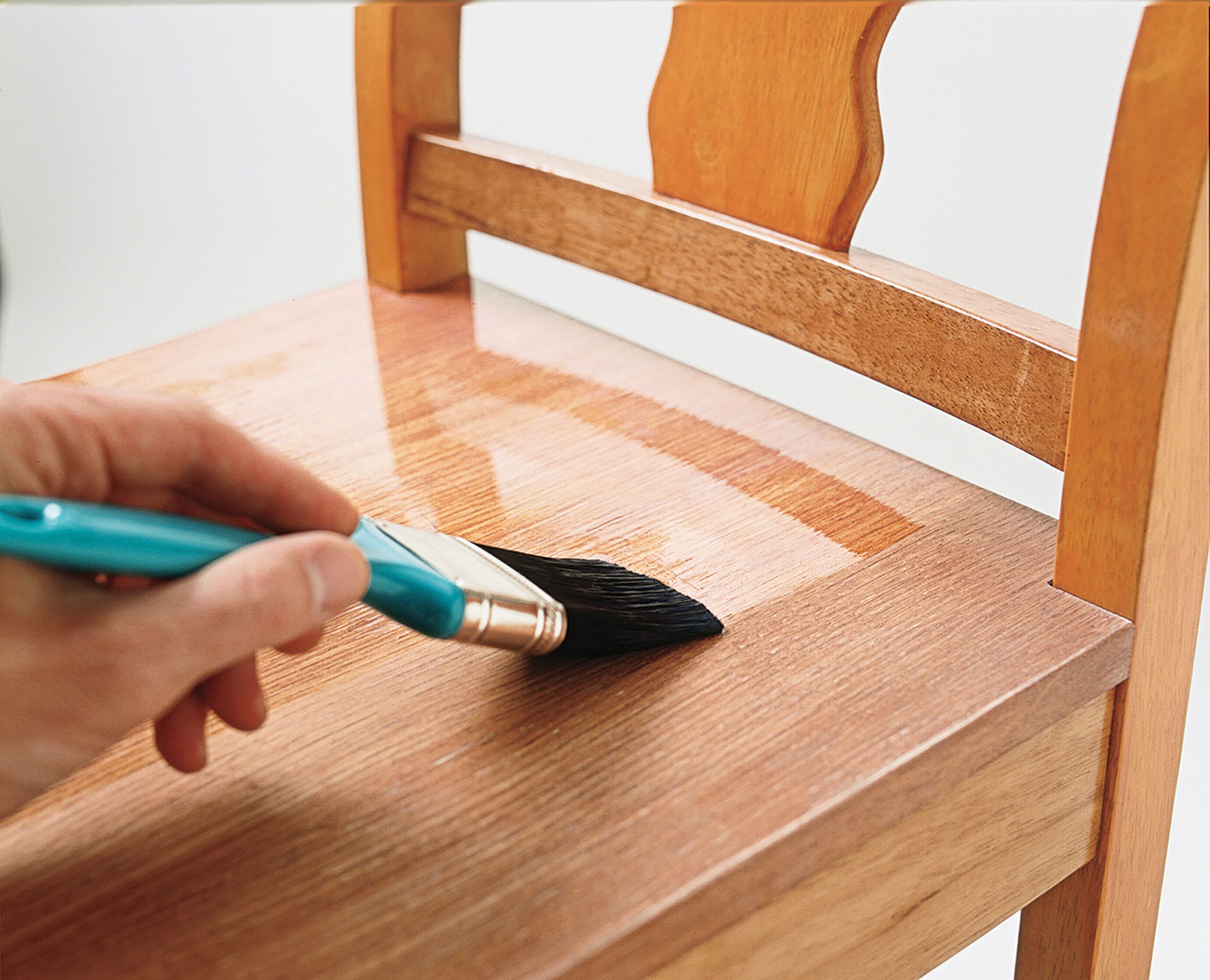Without some kind of finish to protect it from the elements, wood can become as dry and lifeless as day-old toast. Coating wood cabinetry, furniture, or trim with a clear finish gives it richness and depth while protecting it from knocks, scrapes, and the weather.
One of the best clear coat finishes is polyurethane. Polyurethane creates a protective, durable finish ideal for a variety of applications, from furniture to floors. In this guide, we’ll walk through how to best use polyurethane to give new life to the wood in your home.
What Is Polyurethane?
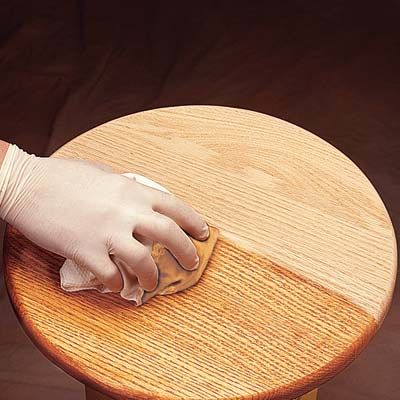
Polyurethane is a synthetic resin used to protect and enhance the appearance of wood surfaces. It works by forming a hard, protective coating on the wood surface. This coating can range from a clear finish, which preserves the natural look of the wood, to a tinted finish that adds color and depth. The resulting surface is not only aesthetically pleasing but also resistant to scratches, stains, and moisture.
Types of Polyurethane

Polyurethane comes in two primary varieties, with hybrids between the two also available.
Oil-Based Polyurethane
Oil-based polyurethane is a popular choice for its durability and rich finish. It penetrates the wood deeply, enhancing the natural grain and creating a warm, amber hue over time. It’s known for its toughness and resistance to wear, making it ideal for high-traffic areas like floors.
However, oil-based polyurethane has a longer drying time and emits strong fumes. Proper ventilation and protective gear are essential when working with this type of polyurethane.
Water-Based Polyurethane
Water-based polyurethane is favored for its minimal odor and quick drying time. It typically goes on clear and stays clear, making it a good choice for light-colored woods or projects where maintaining the original color is essential. It is also easier to clean up with soap and water.
While water-based polyurethane is not as durable as oil-based polyurethane, technological advancements have significantly improved its performance. It is now a viable option for most interior applications, including furniture and cabinets.
Water-Based Oil-Modified Polyurethane
Water-based oil-modified polyurethane combines the best of both worlds: the durability of oil-based and the quick drying time of water-based polyurethane. It provides a clear finish with a slight amber tint, adding warmth to the wood while maintaining a natural look.
This type is more environmentally friendly than traditional oil-based polyurethane due to its lower VOC content. It is an excellent option for those looking for a balance between performance and environmental impact.
Choosing the Right Polyurethane
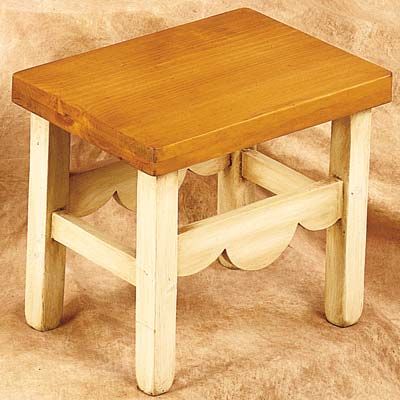
Selecting the right polyurethane for your project involves considering the specific requirements of your application. Here’s how to make the right decision.
Interior vs. Exterior Use Polyurethane
For interior projects, both oil-based and water-based polyurethanes are suitable. However, for exterior applications, you should choose a polyurethane that offers UV protection and is formulated to withstand the elements. Oil-based polyurethanes are typically more durable for exterior use, but some water-based formulas are designed for outdoor applications.
Gloss Levels for Polyurethane
Polyurethane finishes come in various gloss levels: high-gloss, semi-gloss, satin, and matte. The choice of gloss level affects both the appearance and the practicality of the finish.
- High-gloss: High-gloss finishes are very shiny and reflective. They enhance the wood’s grain and color but show scratches and imperfections more readily.
- Semi-gloss: Semi-gloss finishes have a slightly less reflective surface, offering a good balance between shine and practicality. They are commonly used for furniture and cabinetry.
- Satin: Satin finishes have a soft sheen that provides a more muted look. They hide imperfections better than glossier finishes and are versatile for various applications, including floors and furniture.
- Matte: Matte finishes offer the least amount of shine and provide a natural, understated look. They are ideal for projects where a subtle, rustic appearance is desired.
Polyurethane Application Methods
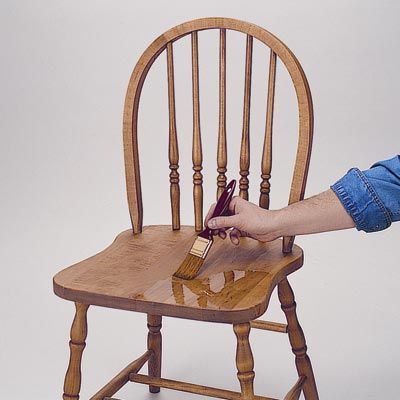
Applying polyurethane correctly is vital to achieving a smooth, professional finish. In most cases, you’ll either brush on the material, wipe it on like you would a stain, or spray it on.
Brush-On Polyurethane
Brushing on polyurethane is the most traditional application method. It requires a high-quality brush designed for use with polyurethane to avoid brush marks and ensure even coverage.
Using a brush gives you excellent control over the process and provides a thick, protective coat. However, you risk leaving brush marks if not applied correctly, and there’s a longer drying time between coats.
Wipe-On Polyurethane
Wipe-on polyurethane is applied using a cloth, creating a thin, even layer. It is suitable for smaller projects or surfaces with intricate details. This method is easier to apply evenly, reducing the risk of drips and brush marks. It also dries faster between coats. But wiping on polyurethane requires more coats to build up a protective layer and may not provide as durable a finish as brush-on methods.
Spray-On Polyurethane
Spray-on polyurethane offers a smooth, even finish with minimal effort. It’s ideal for large surfaces or projects requiring a flawless appearance. The big advantage is its quick and even application with no risk of brushmarks and few drips. However, you’ll need the right spray equipment and proper ventilation, and there’s the potential for overspray and waste.
Step-by-Step Guide to Using Polyurethane
Achieving the best results with polyurethane involves careful preparation, application, and curing. Follow these instructions for a successful project.
Preparation for Polyurethane
Start by sanding the wood surface with progressively finer grits of sandpaper, finishing with 220 grit. This creates a smooth, even surface for the polyurethane to adhere to.
Next, clean the surface thoroughly to remove all dust and debris. Tack cloths or a vacuum with a brush attachment are effective tools for this task. Ensuring the surface is clean will prevent imperfections in the final finish.
Application of the Polyurethane
Stir the polyurethane gently to avoid creating bubbles. Pour a small amount into a separate container to prevent contamination of the main can.
If using the brush-on method:
- Dip the brush into the polyurethane, blot excess on the side of the container.
- Apply in long, even strokes, following the grain of the wood.
- Overlap brush strokes slightly to ensure even coverage.
- Allow the first coat to dry completely, following the manufacturer’s instructions.
For the wipe-on method:
- Soak a clean cloth in polyurethane and wring out excess.
- Wipe onto the wood surface with long, even strokes, following the grain.
- Apply additional coats as needed, allowing each to dry completely.
Finally, for the spray-on method:
- Ensure the spray gun is clean and properly adjusted.
- Apply light, even coats, moving the spray gun steadily across the surface.
- Allow each coat to dry before applying the next.
Curing Polyurethane
Proper curing is essential for a durable finish. Allow the final coat of polyurethane to cure for at least 24 hours before handling. For floors or surfaces that will experience heavy traffic, curing time might extend to several days or more.
Maintenance of Polyurethane Finishes
Maintaining a polyurethane finish involves regular cleaning and occasional reapplication to keep it looking its best.
For routine cleaning, use a damp cloth to wipe away dust and dirt. Avoid using harsh chemicals or abrasive cleaners that can damage the polyurethane finish. Mild soap and water are usually sufficient for removing more stubborn stains.
Over time, high-traffic areas may show signs of wear and require reapplication of polyurethane. Lightly sand the worn areas with fine-grit sandpaper to create a smooth surface for the new coat to adhere to. Clean the area thoroughly and apply a thin coat of polyurethane, following the same application techniques as initially used.
Special Considerations for Polyurethane
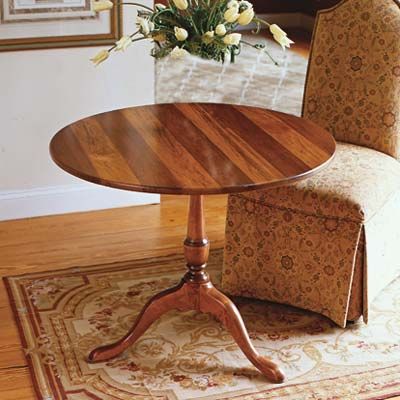
Different household projects require specific considerations to achieve the best results with polyurethane. Here is some tailored advice for floors, furniture, and outdoor projects.
Polyurethane for Floors
Floors endure a lot of wear and tear, so choosing a durable polyurethane is essential. Oil-based polyurethanes are usually more resilient for flooring applications. Apply at least three coats for optimal protection, allowing each coat to dry thoroughly before the next.
Polyurethane for Furniture
For furniture projects, consider the type of wood, the desired appearance, and the amount of use the piece will get. Satin or semi-gloss finishes are often preferred for furniture due to their balanced sheen and scratch resistance.
Outdoor Projects With Polyurethane
Outdoor projects require polyurethane with UV protection. Water-based oil-modified polyurethanes are an excellent choice for outdoor applications as they provide good durability while being less harmful to the environment.
Polyurethane Safety Precautions
Safety is paramount when working with polyurethane due to its chemical components. Here are some key safety tips you should follow when working with the material:
Ventilation
Always work in a well-ventilated area to minimize inhalation of fumes. If working indoors, open windows and doors to allow for air circulation. Using fans can also help to disperse fumes more effectively.
Protective Gear for Using Polyurethane
Wear protective gear such as gloves, goggles, and a mask to protect your skin and eyes from splashes and to prevent inhalation of harmful vapors. For oil-based polyurethane, a respirator mask is recommended to filter out VOCs.
Polyurethane Clean-Up
Clean brushes and other equipment used with oil-based polyurethane with mineral spirits or turpentine. For water-based polyurethane, soap and water are sufficient. Dispose of used rags and brushes safely, as some materials may be flammable.
Troubleshooting Common Polyurethane Problems
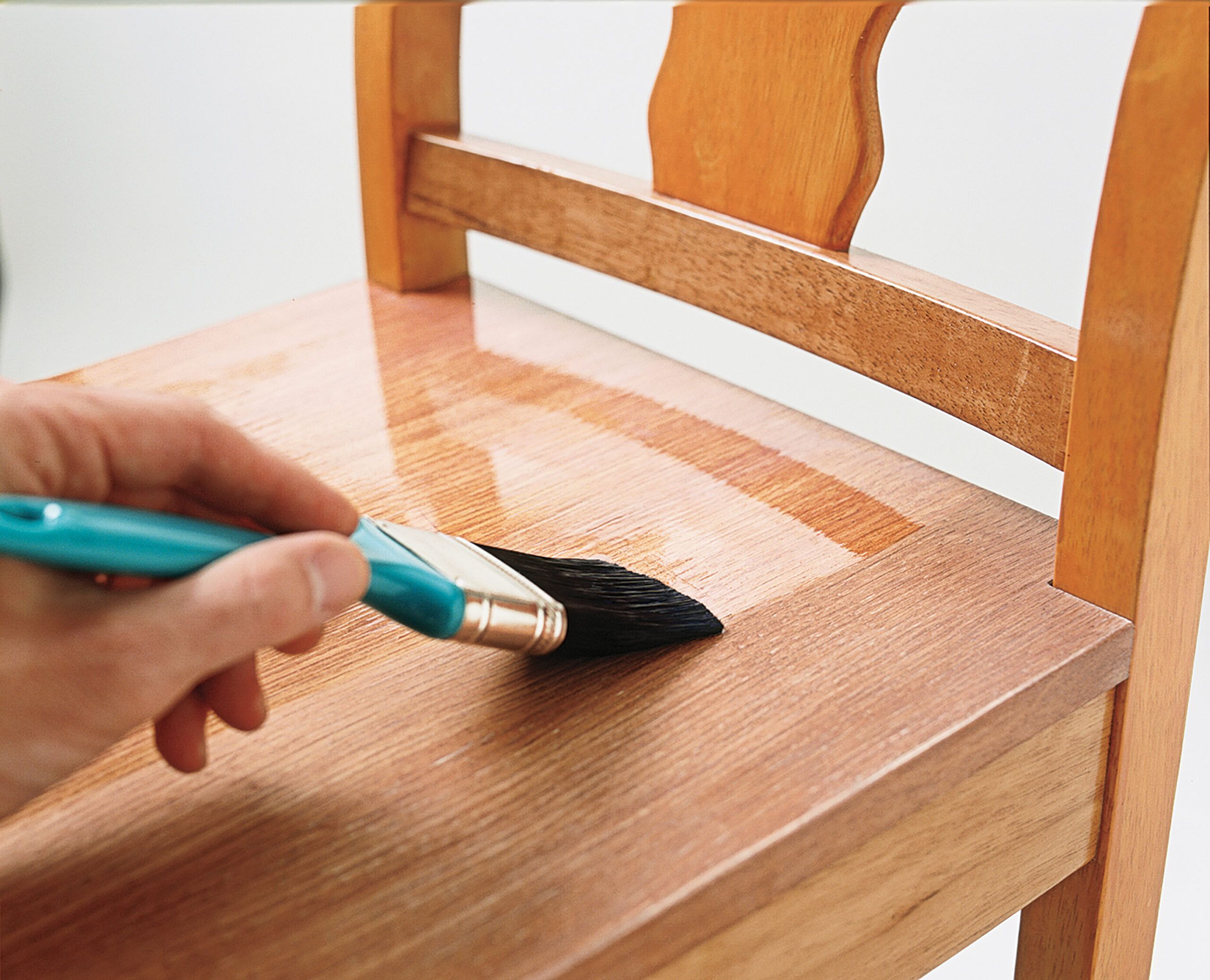
Even with careful application, issues may arise when working with polyurethane. Here are solutions to common problems.
Bubbles in Polyurethane
Bubbles can form if the polyurethane is shaken or stirred too vigorously or if applied too quickly. To avoid bubbles, stir the polyurethane gently and apply it slowly. If bubbles appear, gently brush them out while the finish is still wet.
Brush Marks
Brush marks are a common issue, especially with thicker coats. Using a high-quality brush and applying thin coats can help minimize brush marks. Lightly sanding between coats can smooth out any imperfections.
Polyurethane Drips and Runs
If too much polyurethane is applied at once, drips and runs can occur. Apply thinner coats and check the surface regularly to catch and smooth out any drips before they dry.
Polyurethane vs. Other Finishes
Polyurethane is not the only finish available, and understanding how it compares to other options can help you make an informed choice.
Polyurethane vs. Lacquer
Lacquer dries quickly and provides a hard, durable finish but is more brittle and prone to chipping. Polyurethane is more flexible and durable, making it a better choice for surfaces that will see heavy use.
Polyurethane vs. Shellac
Shellac offers a beautiful, warm finish but is not as durable as polyurethane. It is more susceptible to water and heat damage, making polyurethane the preferred option for high-traffic or moisture-prone areas.
Polyurethane vs. Varnish
Varnish is similar to polyurethane but generally has a higher oil content, making it more flexible. It is often used for outdoor projects due to its UV resistance. However, polyurethane tends to be harder and more durable, making it suitable for indoor applications.
Our Conclusion
Polyurethane is a versatile and durable finish that offers excellent protection and aesthetic benefits for a wide range of projects. Whether you are refinishing a floor, protecting a piece of furniture, or tackling an outdoor project, understanding the types of polyurethane, their applications, and best practices for use will help you achieve professional results.
